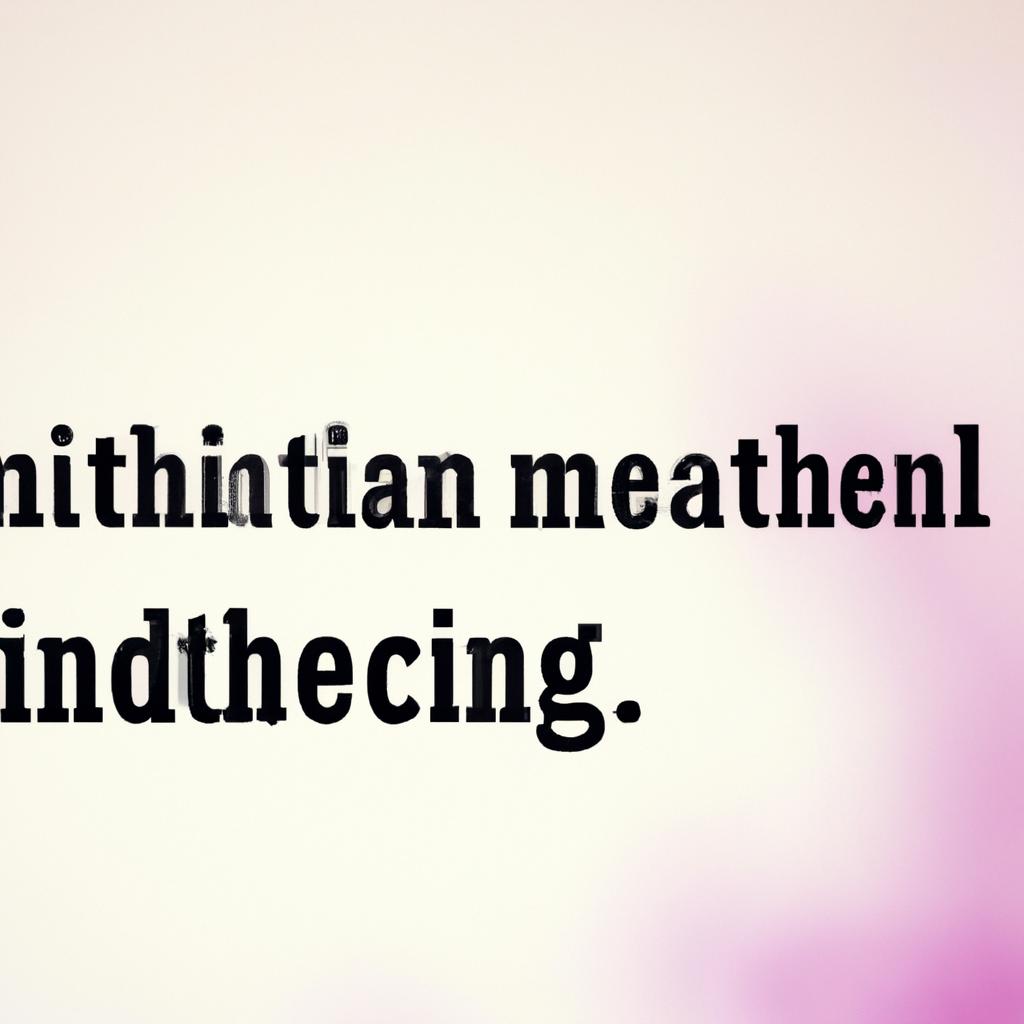Exploring the Role of Breathwork in Mindfulness Meditation: Techniques for Deepening Your Practice
# Exploring the Role of Breathwork in Mindfulness Meditation: Techniques for Deepening Your Practice
Mindfulness meditation has gained significant popularity in recent years as a means to enhance mental clarity, emotional resilience, and overall well-being. At the heart of mindfulness practice lies breathwork, an essential component that can deepen your meditation experience and foster a stronger connection between mind and body. This blog post will explore various breathwork techniques, their health benefits, and provide practical tips for incorporating these methods into your daily routine.
## Understanding Breathwork in Mindfulness Meditation
Breathwork refers to various techniques that involve intentional breathing patterns, often used to promote relaxation and self-awareness. In the context of mindfulness meditation, breathwork serves as an anchor, helping practitioners maintain focus and cultivate a sense of presence.
### The Importance of Breath Awareness
Breath awareness is a fundamental aspect of mindfulness meditation. By directing attention to the breath, you can create a space for self-reflection and emotional regulation. This practice allows you to observe your thoughts and feelings without judgment, leading to greater self-acceptance and improved mental clarity.
### Types of Breathwork Techniques
There are numerous breathwork techniques that can enhance your mindfulness meditation practice. Here are a few popular methods:
1. **Diaphragmatic Breathing**: Also known as abdominal or deep breathing, this technique involves engaging the diaphragm fully. By inhaling deeply through your nose and allowing your abdomen to expand, you can promote relaxation and stress reduction.
2. **Box Breathing**: This technique involves inhaling for a count of four, holding the breath for four counts, exhaling for four counts, and holding the empty breath for another four counts. It’s a great way to cultivate focus and calmness.
3. **Alternate Nostril Breathing**: This ancient practice, known as Nadi Shodhana, involves alternately blocking each nostril while breathing. It’s believed to balance the body’s energy and promote harmony in the mind.
## Nutrition Tips for Enhancing Breathwork
Incorporating mindful eating practices can significantly enhance your breathwork and meditation efforts. Here are some nutrition tips to consider:
– **Stay Hydrated**: Proper hydration is crucial for optimal lung function. Aim to drink sufficient water throughout the day to maintain your overall health.
– **Incorporate Anti-Inflammatory Foods**: Foods rich in omega-3 fatty acids, such as fatty fish, walnuts, and flaxseeds, can help reduce inflammation in the body, potentially improving respiratory function.
– **Limit Processed Foods**: Processed foods can lead to inflammation and sluggishness. Opt for whole, nutrient-dense foods that support your overall well-being.
## Exercise Advice for Improved Breath Control
Physical activity plays a vital role in enhancing breath control and lung capacity. Here are some exercise suggestions to complement your breathwork practice:
– **Yoga**: The combination of movement and breath in yoga enhances lung capacity and promotes a sense of calm. Incorporating breath-focused poses can deepen your mindfulness meditation experience.
– **Walking Meditation**: This practice combines mindful walking with breath awareness. Focus on your breath as you walk, noticing the rhythm of your steps and how it aligns with your inhalations and exhalations.
– **Cardiovascular Exercise**: Activities like running, swimming, or cycling can improve your overall cardiovascular health and lung capacity, making it easier to practice deep, mindful breathing.
## Health Benefits of Breathwork and Mindfulness Meditation
The integration of breathwork into mindfulness meditation offers numerous health benefits, including:
1. **Reduced Stress and Anxiety**: Breathwork techniques can activate the body’s relaxation response, lowering cortisol levels and promoting feelings of calmness.
2. **Improved Focus and Concentration**: By training your mind to focus on your breath, you can enhance your ability to concentrate on tasks and maintain mental clarity throughout the day.
3. **Enhanced Emotional Regulation**: Mindfulness meditation, coupled with breath awareness, can improve emotional resilience, allowing you to respond to challenges with greater equanimity.
4. **Better Sleep Quality**: Practicing breathwork and mindfulness meditation before bedtime can help quiet the mind, leading to improved sleep quality and overall restfulness.
## Conclusion
Incorporating breathwork into your mindfulness meditation practice can significantly deepen your experience and enhance your overall well-being. By focusing on your breath, you cultivate awareness, reduce stress, and improve emotional regulation. Additionally, adopting mindful















Post Comment